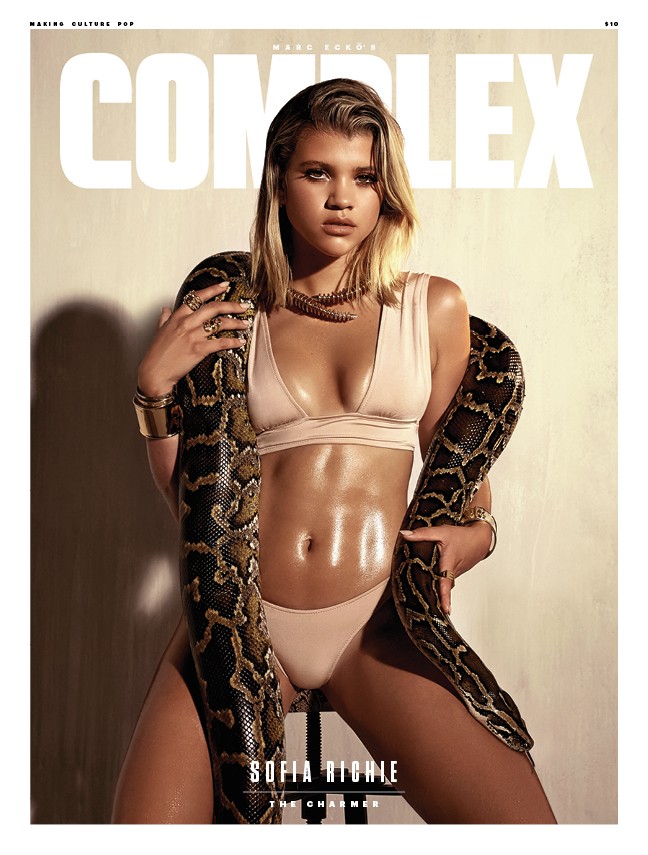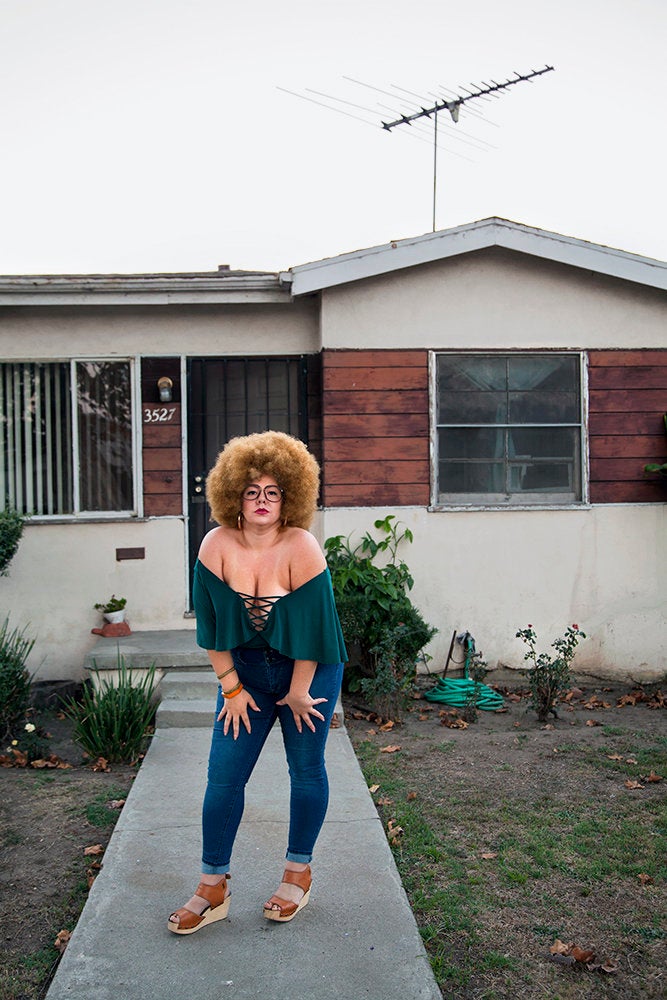Ruth Negga: ‘Stories about race and identity pique my interest… I have always felt like a fish out of water’Posted in Articles, Arts, Europe, Interviews, Media Archive, United Kingdom on 2017-01-06 00:24Z by Steven |
The Belfast Telegraph
2016-12-31
 Starring role: Ruth Negga’s career is going from strength to strength |
Nominated for a Golden Globe, tipped for an Oscar and on the cover of Vogue, Ruth Negga is the woman of the moment. Here, the actress tells Patricia Danaher how growing up mixed race in the Republic helped her inhabit the role that’s made her a star
It seems somewhat fitting that, as the cover star of US Vogue’s January edition, Ruth Negga wears an Alexander Wang blouse covered in red roses. After all, back home in Ireland it’s for her role as Rosie in Love/Hate that Ruth is perhaps best known.
That part, as the star-crossed lover of the show’s original protagonist Darren (played by Robert Sheehan) was, of course, just one of the many times the Limerick woman has graced TV screens in recent years. The chameleon-like actress has also featured in such diverse productions as Neil Jordan’s Breakfast on Pluto, edgy Channel 4 show Misfits, and big-budget US series Agents of Shield and Preacher.
In the UK, she works almost continuously on video games, in theatre and on TV – winning critical acclaim for her portrayal of Ophelia at the National Theatre and of Shirley Bassey in a BBC biopic about the singer. Despite these numerous prominent roles, however, 35-year-old Ruth has managed to stay mostly under the radar in her long career.
Until now, that is. Nominated earlier this month for a Golden Globe and hotly tipped for an Oscar, she’s gone from jobbing actor to Vogue cover girl in the blink of an eye. In Hollywood, those who have just discovered Ruth through her role in new movie Loving are calling her “an overnight success, 10 years in the making”…
Read the entire article here.







